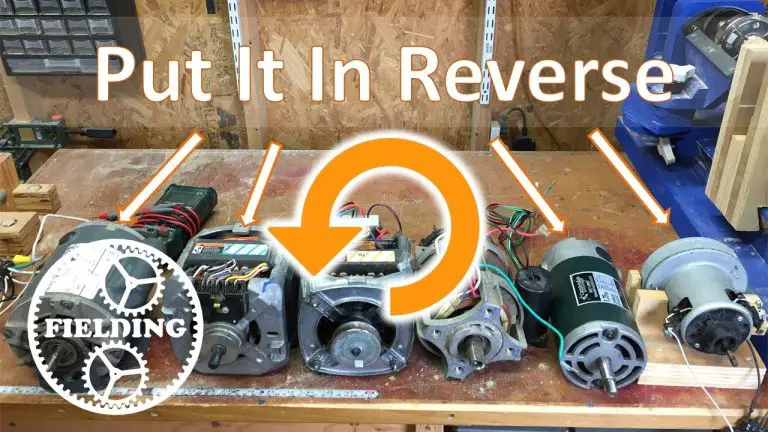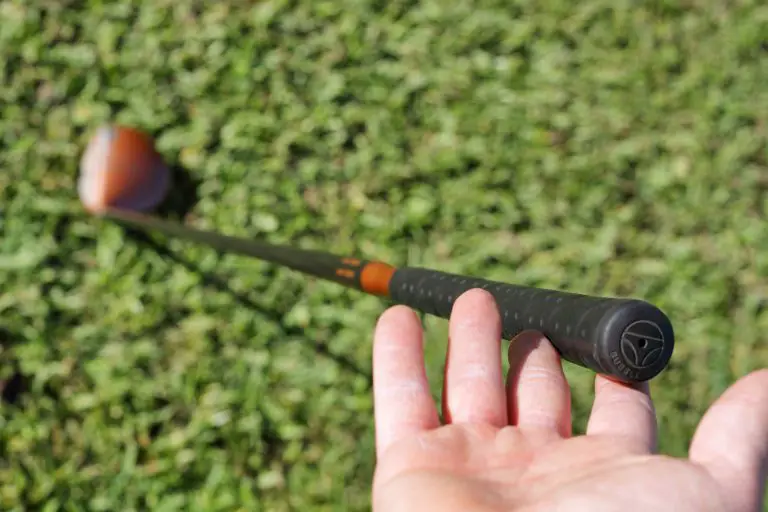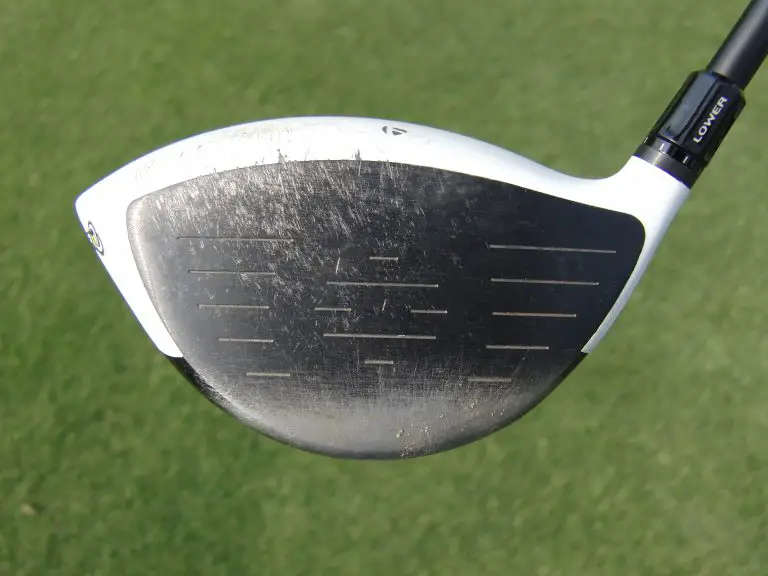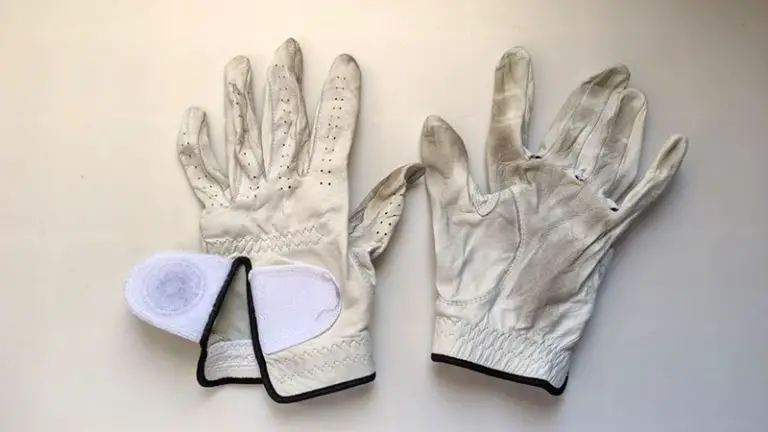What is a Golf Divot Tool

In the world of golf, maintaining the pristine condition of the course is paramount. To achieve this, golfers must take responsibility for repairing the divots caused by their shots. This is where a golf divot tool comes into play. A divot tool is a small handheld device designed specifically for repairing the marks left on the fairways and greens. But what exactly is a golf divot tool, and why is it an essential accessory for every golfer? In this article, we will delve into the world of divot tools, exploring their purpose, characteristics, usage techniques, and the importance of proper divot repair. Whether you’re a seasoned golfer or new to the game, understanding the role of a divot tool will not only help maintain the quality of the course but also contribute to the overall golfing experience. So, join us as we uncover the secrets of the golf divot tool and learn how this small but mighty tool can make a significant impact on the condition of the golf course.
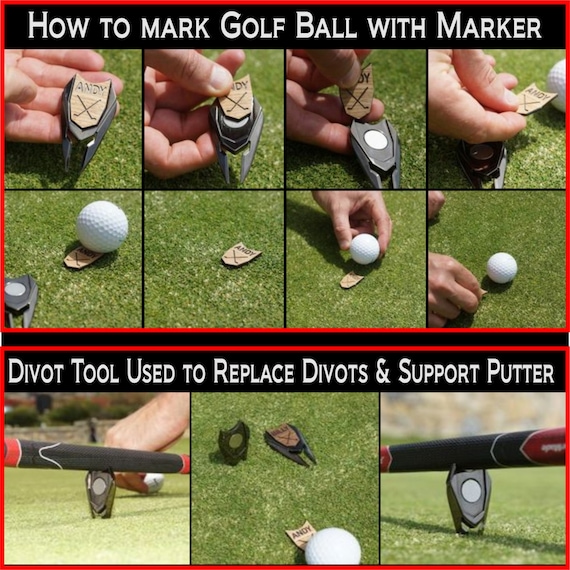
What is a golf divot tool?
A golf divot tool is a handheld device specifically designed for repairing divots on the golf course. Divots occur when a golf club strikes the ground, causing a chunk of grass and soil to dislodge. Repairing divots is essential to maintain the health and playability of the course, ensuring a smooth and consistent surface for all golfers.
Characteristics of a golf divot tool
Golf divot tools come in various shapes, sizes, and materials. They typically consist of two main components: a handle and one or more prongs. The handle provides a comfortable grip, while the prongs are used to carefully lift and level the displaced turf. The prongs can vary in design, ranging from traditional solid prongs to more advanced switchblade-style mechanisms.
Why is a golf divot tool important?
Proper divot repair is a fundamental responsibility of every golfer. By using a golf divot tool to repair divots, golfers contribute to the overall health and maintenance of the golf course. Let’s explore the importance of divot repair and the role of a divot tool in this process.
Importance of divot repair
Divots can cause significant damage to the course if left unattended. They can affect the ball roll, create uneven playing surfaces, and hinder the growth and recovery of the grass. By promptly repairing divots, golfers help the course remain in excellent condition for everyone’s enjoyment.
Role of a divot tool in divot repair
A golf divot tool is specifically designed to repair divots effectively. Using the prongs of the tool, golfers gently lift the edges of the divot and carefully level the surface, allowing the grass to recover more quickly. The divot tool helps minimize turf damage and promotes healthy turf growth, ensuring the long-term sustainability of the golf course.
How to use a golf divot tool?
Using a golf divot tool correctly is essential for effective divot repair. Let’s walk through the step-by-step process of using a divot tool to repair divots on the golf course.
- Locate the divot: Identify the divot on the fairway or green that requires repair. Approach the divot with care to avoid damaging the surrounding turf.
- Insert the prongs: Hold the golf divot tool with a comfortable grip, positioning the prongs downward. Insert the prongs into the outer edges of the divot at a slight angle, avoiding damage to the roots of the grass.
- Lift and level: Gently push the handle of the divot tool downward, lifting the edges of the divot. Apply light pressure to level the surface, allowing the turf to settle back into place naturally.
- Smooth the surface: After leveling the divot, use the sole of your golf shoe or the back of the divot tool to gently press down on the repaired area, ensuring the turf is firmly in place.
Remember to be mindful of the surrounding turf and other golfers when repairing divots. Work efficiently and maintain a respectful pace of play.
Types of golf divot tools
Golf divot tools come in various types, each with its own features and advantages. Let’s explore the two main categories of divot tools: traditional divot tools and modern divot tools.
Traditional divot tools
Traditional divot tools often feature a simple design with a solid handle and two or three prongs. They are typically made of metal or durable plastic materials. Traditional divot tools are reliable, easy to use, and widely available. Golfers appreciate their simplicity and effectiveness in repairing divots.
Modern divot tools
In recent years, modern divot tools with innovative designs and features have gained popularity. These tools often incorporate switchblade mechanisms, allowing the prongs to retract into the handle for safe and compact storage. Some modern divot tools also include additional features such as ball markers, club groove cleaners, or even integrated GPS devices. These tools offer added convenience and functionality for golfers who value versatility.
When choosing a divot tool, consider factors such as durability, ease of use, comfort, and personal preference. Ultimately, the goal is to select a divot tool that feels comfortable in your hand and allows you to perform divot repairs efficiently.
Choosing the right golf divot tool
When selecting a golf divot tool, there are a few key factors to consider. Let’s explore these factors to help you choose the right divot tool for your needs.
Size and weight
Choose a divot tool that feels comfortable in your hand and is easy to carry in your pocket or golf bag. Consider the size and weight of the tool, ensuring it doesn’t hinder your swing or become a distraction during play.
Durability and quality
Look for a divot tool that is made from durable materials and built to withstand repeated use. Stainless steel, aluminum, and high-quality plastic are commonly used materials known for their durability and longevity.
Ergonomics and grip
A divot tool with an ergonomic design and a comfortable grip allows for better control and ease of use. Consider the handle shape, texture, and any additional grip features that enhance your experience.
Aesthetics and personal preference
While functionality is key, many golfers appreciate a divot tool that aligns with their personal style and preferences. Choose a tool that reflects your taste, whether it’s a sleek and minimalist design or a tool with unique patterns or branding.
Maintaining and caring for a golf divot tool
To ensure the longevity and effectiveness of your divot tool, proper maintenance and care are essential. Here are some tips to keep your divot tool in excellent condition:
- Clean after use: After each round of golf, wipe off any dirt or debris from your divot tool. This prevents buildup and maintains its functionality.
- Avoid exposure to extreme temperatures: Extreme heat or cold can affect the integrity of the materials. Store your divot tool in a cool, dry place when not in use.
- Inspect for damage: Regularly check your divot tool for any signs of damage or wear. Replace it if you notice significant deterioration or loss of functionality.
- Replace if necessary: Divot tools, like any golf accessory, have a lifespan. If your divot tool becomes worn out, invest in a new one to ensure effective divot repair.
Remember, a well-maintained divot tool not only enhances your divot repair capabilities but also demonstrates your commitment to course etiquette and respect for the game.
Divot tool etiquette on the golf course
Proper divot tool etiquette is an important aspect of golf course etiquette. Following these guidelines ensures a harmonious and enjoyable golfing experience for all players:
- Repair your own divots: Take responsibility for repairing the divots you create during your round. Make it a habit to carry a divot tool and repair divots promptly.
- Repair other divots when possible: If you come across unrepaired divots on the course, consider repairing them as a courtesy to fellow golfers. However, use your judgment and avoid causing damage to the turf if the divot appears older or already healing.
- Proper divot tool placement: When placing your divot tool on the ground or in your pocket, ensure it does not interfere with your or other golfers’ movements. Keep it securely stored to avoid any accidents or distractions.
- Follow golf course guidelines: Some golf courses may have specific guidelines or procedures for divot repair. Familiarize yourself with these guidelines and adhere to them to maintain course consistency and standards.
By following these etiquette practices, you contribute to the overall well-being of the golf course and foster a positive golfing environment for everyone.
Alternative divot repair methods
While golf divot tools are the preferred method for repairing divots, there are alternative options available. Let’s explore a few alternative divot repair methods:
- Sanding mixtures: Some golf courses provide sand and seed mixtures in containers placed throughout the course. These mixtures can be used to fill divots and promote turf recovery. Follow the instructions provided by the course for proper sand application.
- Tap-down method: In certain situations, such as when playing on a sand-based course, golfers may use a tap-down method to repair divots. This involves using the sole of your shoe or a club to gently press down on the divot and level the surface.
While these alternative methods can be effective in certain circumstances, a golf divot tool remains the most widely accepted and efficient way to repair divots on the golf course.
Conclusion
A golf divot tool is an essential accessory for every golfer. By understanding the importance of divot repair, selecting the right divot tool, using it correctly, and practicing proper etiquette, you contribute to the maintenance and preservation of the golf course. Embrace your role as a responsible golfer, repair divots promptly, and leave the course in better condition for those who follow. Let’s ensure a sustainable and enjoyable golfing experience for all.

